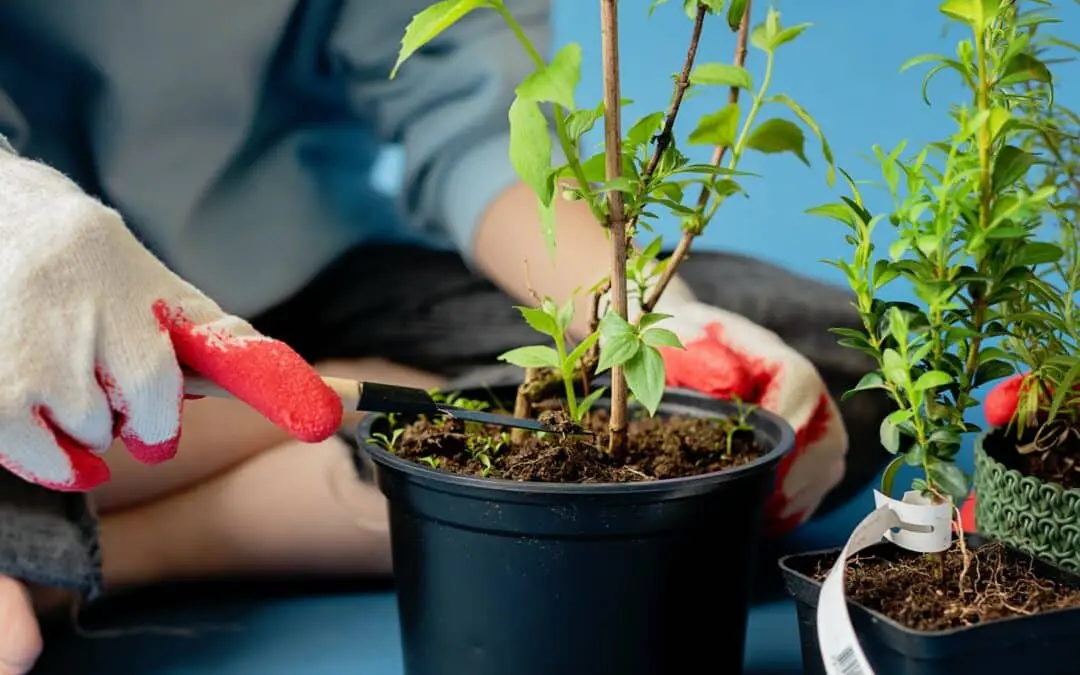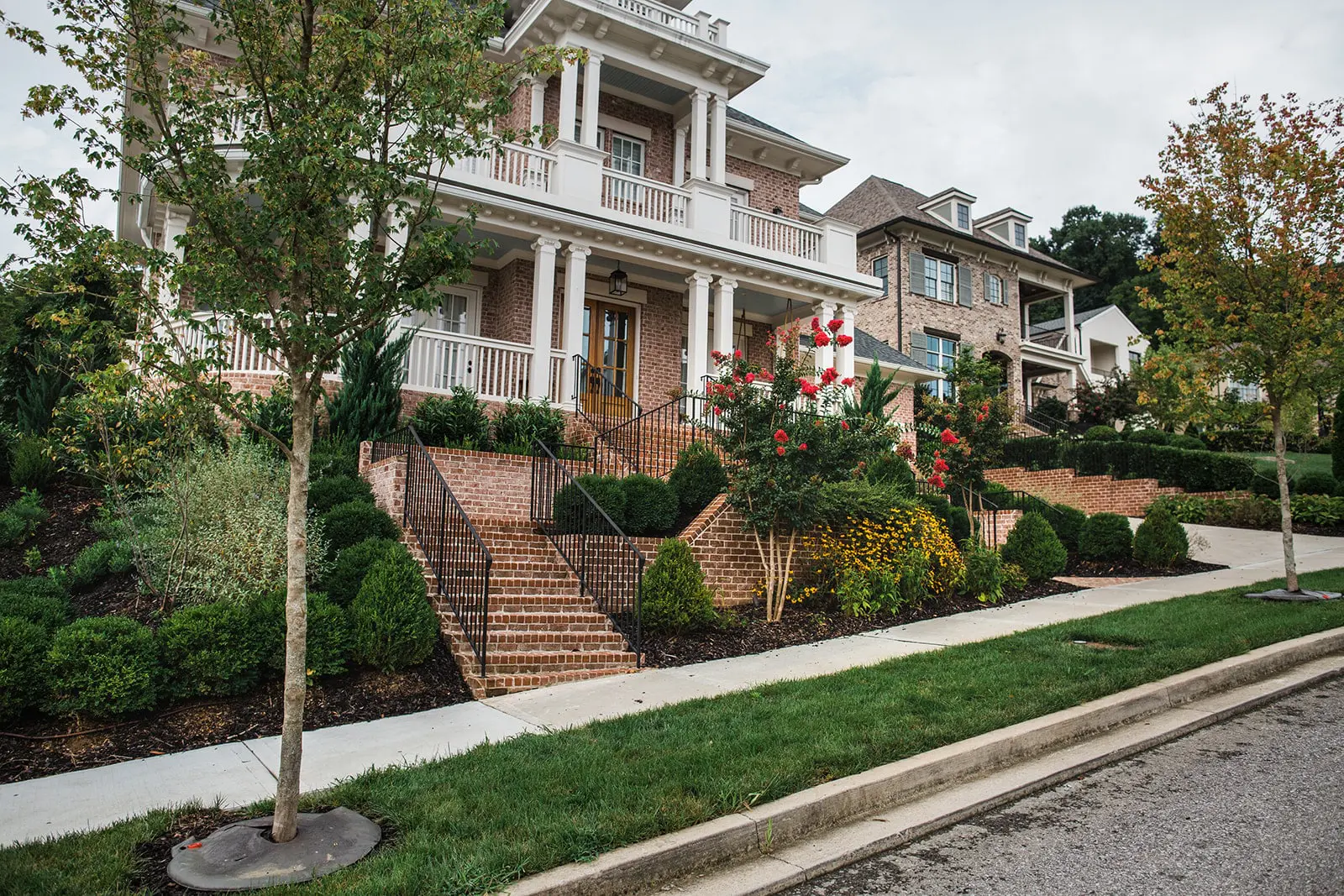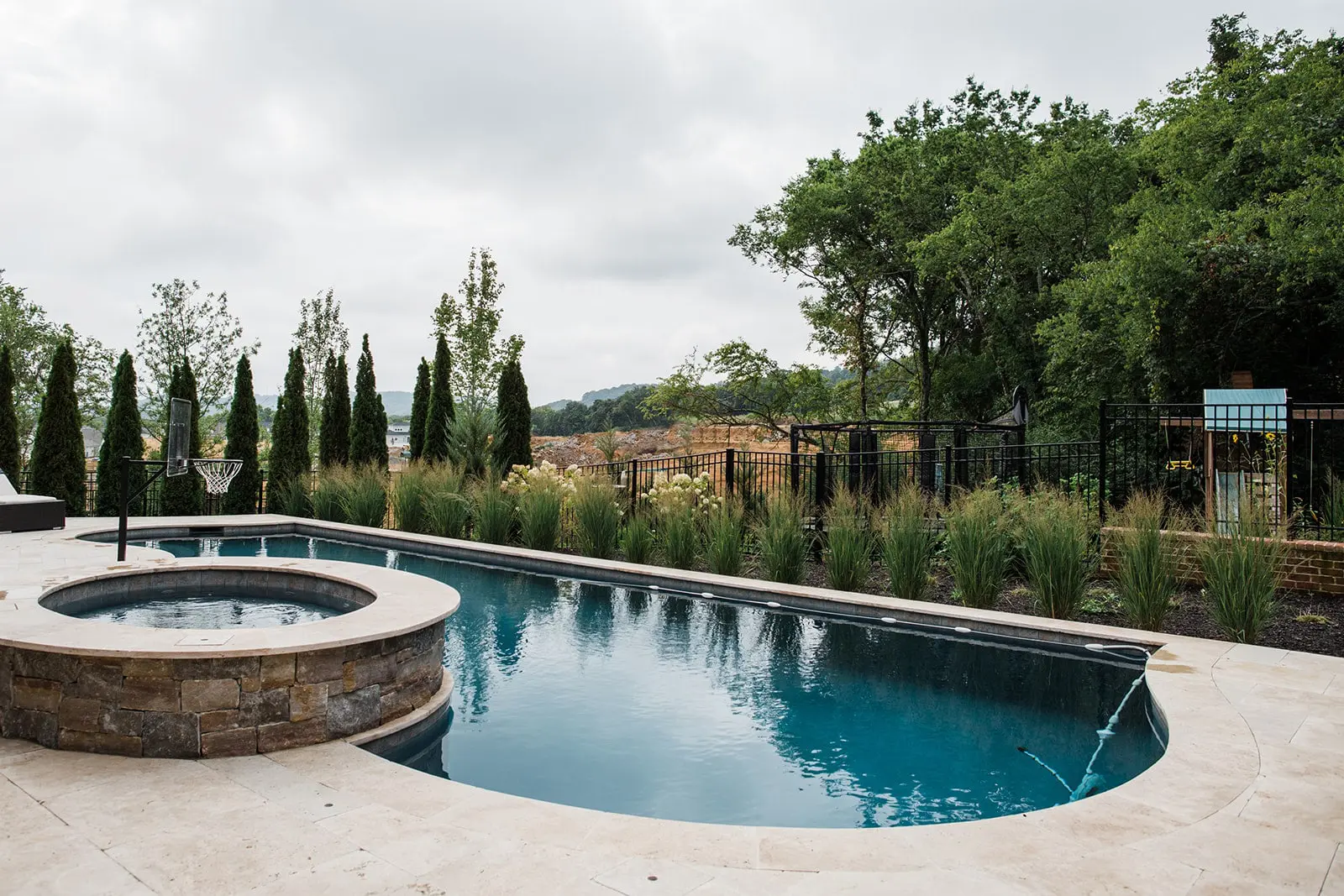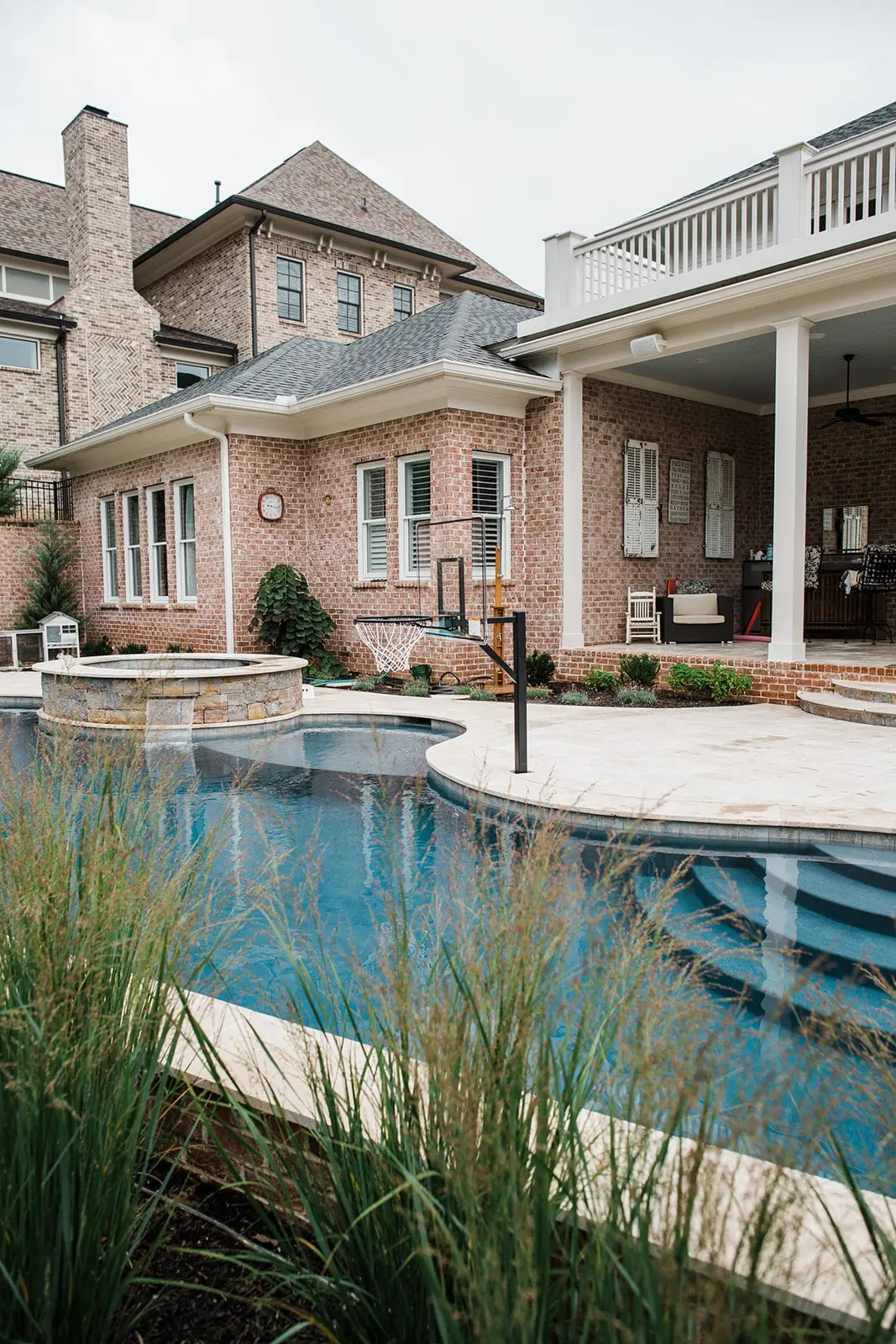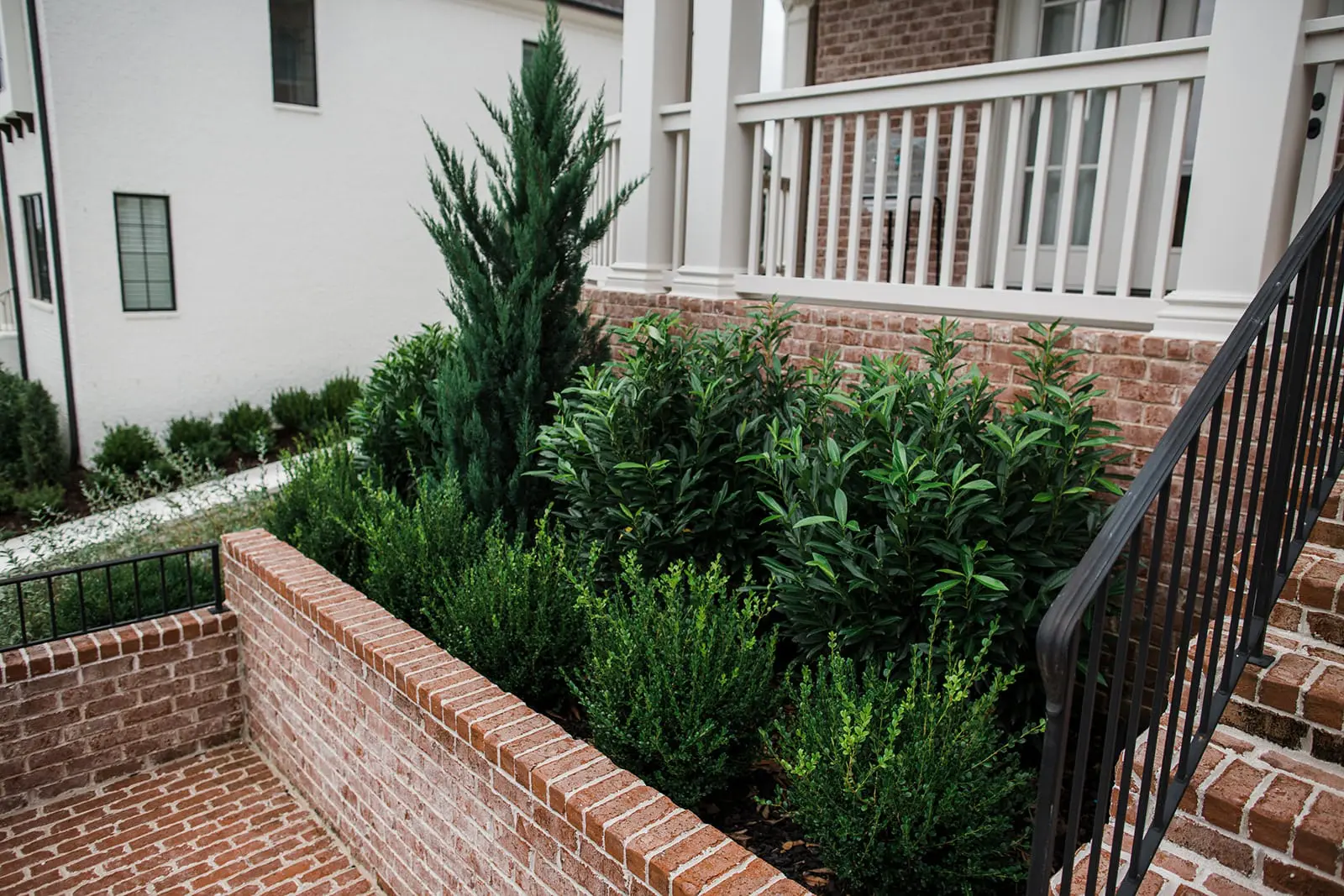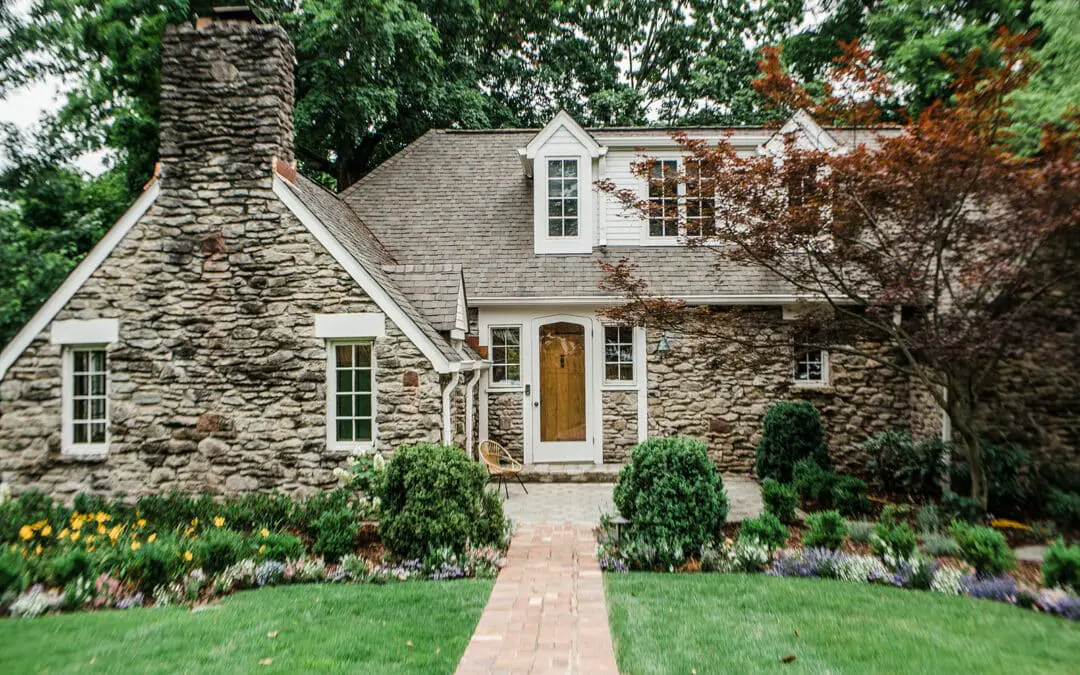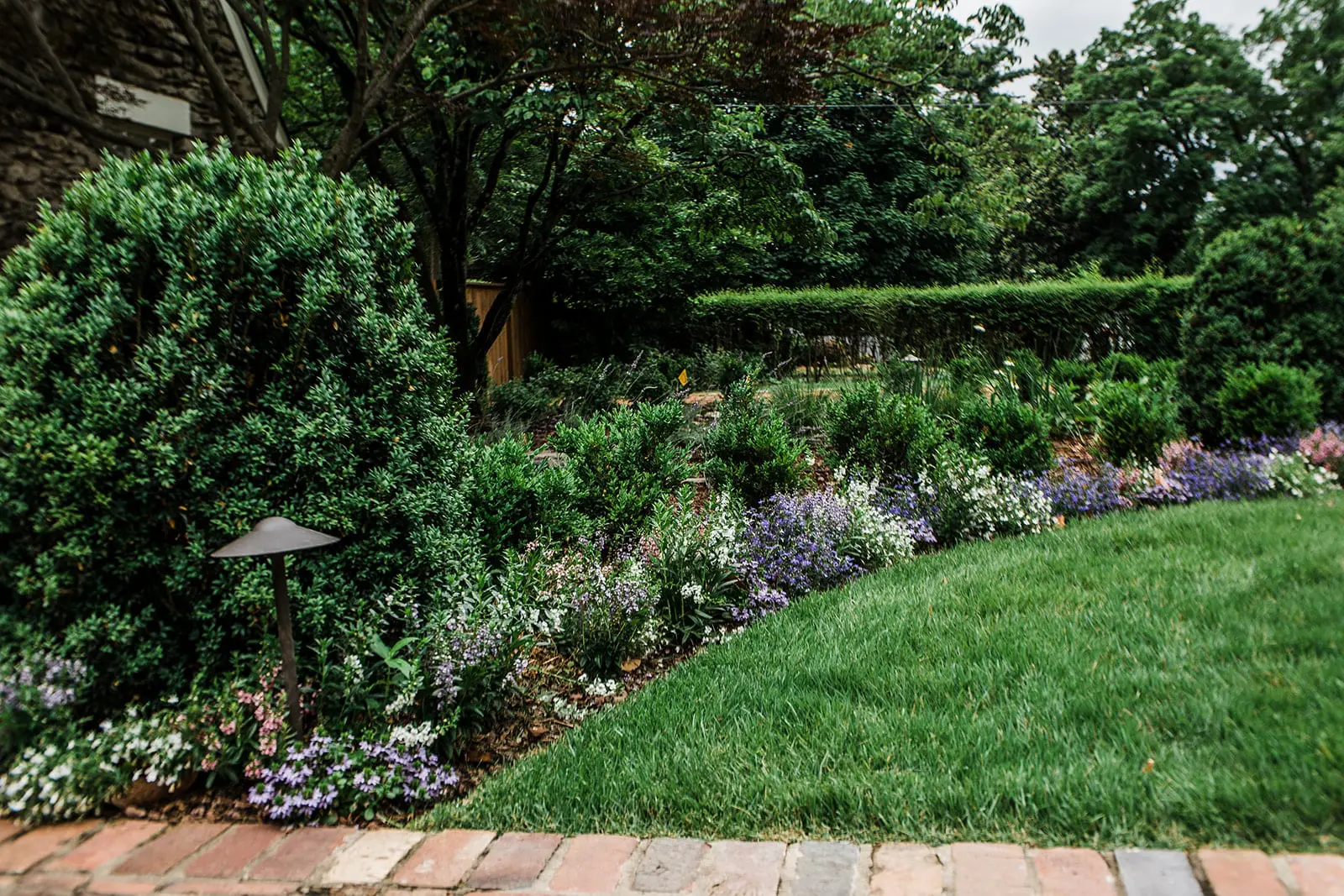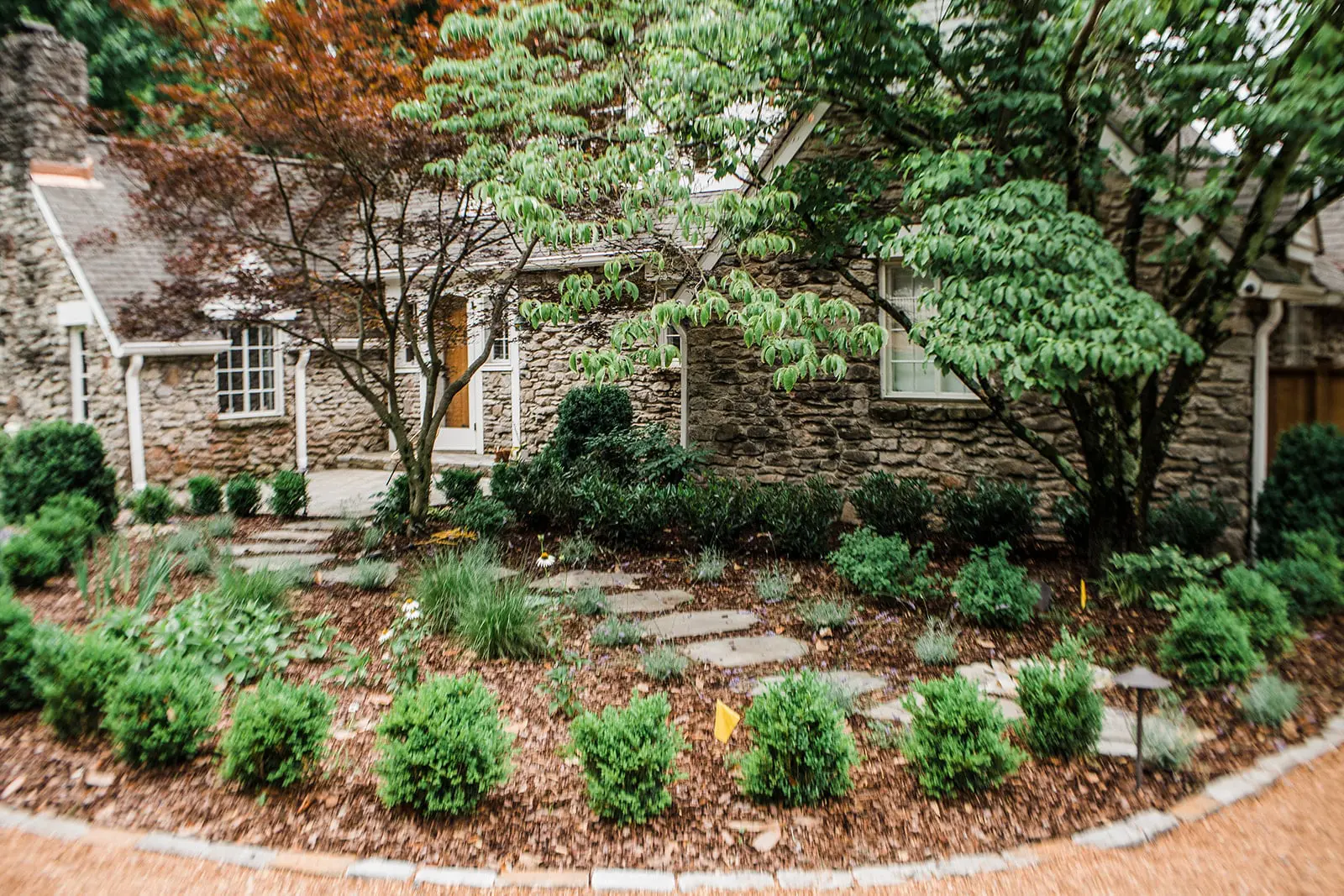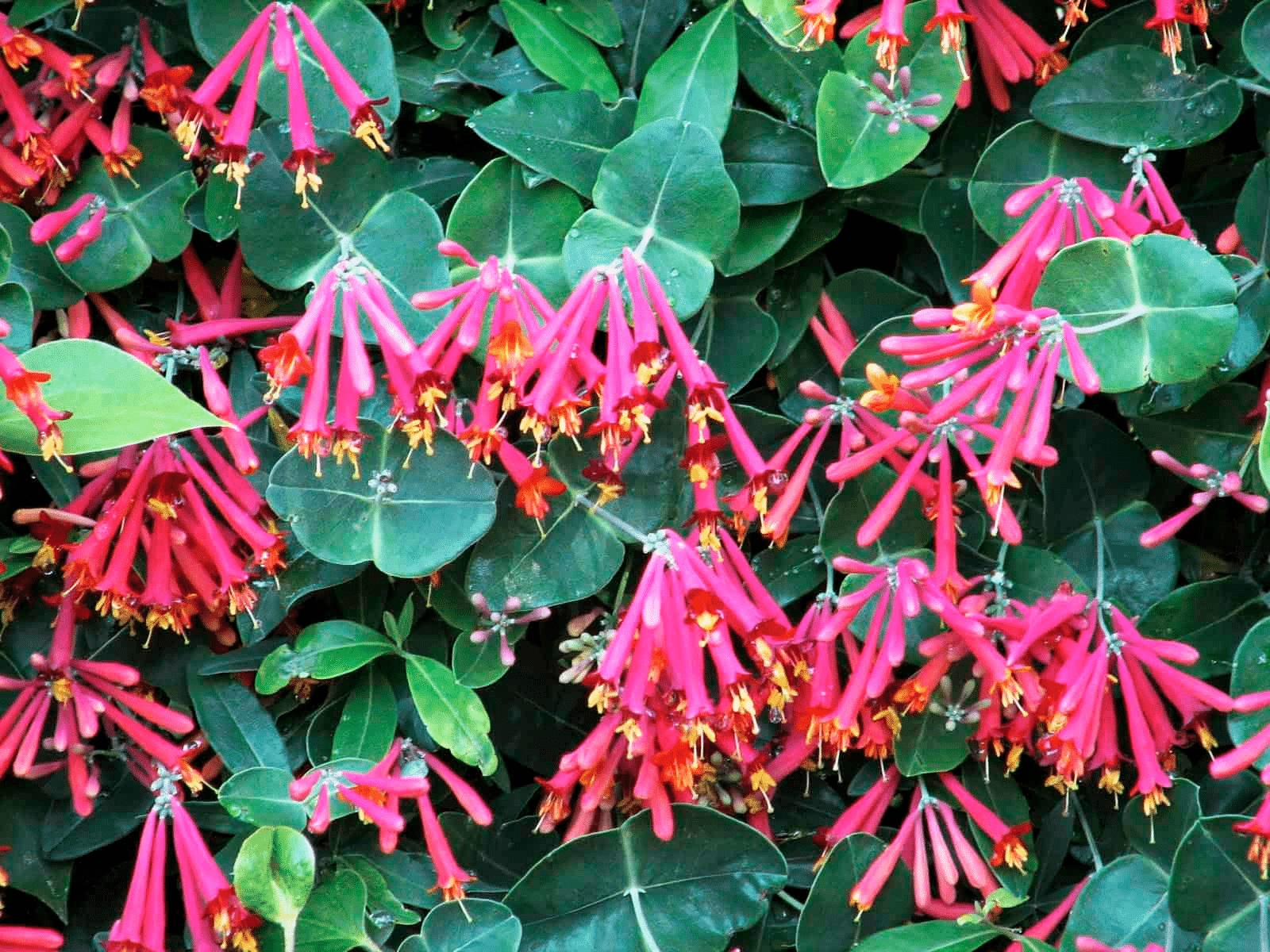
by Gloria Ballard | Jul 6, 2023
—————————————–
Spring turns quickly to summer, and as you realize you never got around to adding this new favorite plant to the perennial bed, or if that little shrub that you bought in March is still sitting in the pot it came in from the Garden Center, you may be thinking: Is it too late to plant it?
Well, yes. Maybe.
Setting new plants in the garden during the scorching summer is a challenge, to put it mildly. There’s the punishing heat and possible – probable – dry weather. There are insects to contend with that hadn’t yet arrived to pester your plants in the spring. There’s the possible worry of any vacation plans that would mean death to new plants without daily care.
But if you’re still set on summer planting, here are guidelines to make establishing plants in the summer a little easier:
Trees and shrubs
Fall or spring, as trees and shrubs are going into their dormant period or just before they come out, are the best times for planting. In summer, you likely will have a better outcome with a tree or shrub grown in a container, which will probably have a more extensive root system than a ball-and-burlapped plant.
Planting experts suggest watering the planting hole before you place the tree or shrub, then watering again after the soil is replaced in the hole. A thick layer of mulch helps keep the area moist and cooler, but you’ll need to continue regular watering as the roots get established in the soil.
Perennials
Summer may be the time you can really see what perennials you’d like to add to or transplant in your garden, but like the rest of us, newly planted perennials can suffer in the July and August heat.
But if you have perennials that need attention – if, for example, you bought them earlier this spring and never got around to planting them – it’s likely they’d be happier in the ground, even now, than in their nursery pots.
Wait for a cloudy day to plant them, if you can, so at least your new plants won’t suffer in the scorching sun. And after they’re in the ground, watered, and the soil covered with mulch, keep watering every day; plant experts recommend providing irrigation for two weeks every day you don’t get a soaking rain.
Vegetables
Bush beans: Starting from seeds, these summer favorites shoot up quickly from the soil when conditions are right, and can be planted throughout the growing season. In fact, seasoned gardeners suggest succession planting of bush beans – sowing seeds at two-week intervals – from spring until mid-summer to have a steady crop until frost shuts them down.
Beets: Generally considered a fall crop, you can start mid-summer by sowing seeds in the shade of peppers, tomatoes or other taller crops. When the summer veggies’ time is over and you cut them down, the beets will continue to grow.
Cucumbers: Once the seeds sprout, it’s surprising how quickly cucumber vines grow. A general estimate is that it takes 50 – 70 days for cucumbers to be ready for harvest. Planted in mid-summer in full sun and watered regularly, you can have fresh cucumbers until frost.
And of course, very soon you’ll be able to plant those cool-season veggies that sprout and thrive as the temperatures drop: broccoli, cabbage, lettuce, radishes, kale and other fall garden favorites.
Container arrangements
The advantage of planting summer arrangements in containers now is that these little gardens are generally meant to be temporary. The biggest hurdle to enjoying them through the rest of summer is that they will likely need daily watering if it doesn’t rain – maybe even twice a day if the heat is relentless. Regular fertilizing and periodic maintenance will also keep summer containers fresh through the rest of the season.
Visit the Gardens of Babylon Garden Center for all the plants, tools, soils and fertilizers you need for a successful landscape and garden.

by Gloria Ballard | Jun 19, 2023
Compost tea is the superfood that gives your landscape a boost – a rich brew that uses the science of Mother Nature to improve soil. And as spring rolls into sultry summer, it’s a good time to plan for how doses of this rejuvenating liquid can help your landscape. Gardens of Babylon’s landscape maintenance team provides a new “recipe” to keep soil alive and healthy.
“I learned about the importance of compost tea at least 20 years ago, and it just made sense to me,” says Gardens of Babylon owner Mark Kerske, who oversees the brewing of compost tea for clients’ landscapes and gardens.
“The soils in Tennessee are not only compacted due to heavy clay, but also depleted by the constant use of toxic fertilizers, Kerske says. “Plants are now dependent on the fertilizers for growth, which have wiped out all the good, beneficial microbes in the soil. Using compost tea is the best way to put the ‘good guys’ back in.”
It’s a mixture teeming with life that nourishes your landscape without the use of toxic fertilizers. The life in the soil allows plants to manage their own nutrient needs. “Without a healthy soil food web, the pesticides and herbicides kill those good guys, and the crawly creatures that are in there working,” Kerske says. “If we don’t have that food web, soil structure deteriorates, and pathogens and disease start to take over.” With synthetic fertilizers, you kill the soil, he says.
What’s brewing?
By “good guys,” Kerske refers to the micro-organisms that make up the nutrients in compost that improve soil. The tea is a liquid form of compost, but it has the extra boost from a buffet of treats — fish hydrolysates, humic acid, kelp, bacteria, fungi and other ingredients – to encourage those organisms to reproduce at higher levels.
Gardens of Babylon’s new “recipe” used for the tea application depends on what’s best for your landscape: “If you want to grow a better lawn and annual flowers, you want to use more of a bacterial type of compost tea,” Kerske explains. “A fungal type of compost tea is better for trees, woody plants and perennials.”
It takes about 24 hours to brew a batch of compost tea, Kerske says. It’s an aerobic process: “When we’re brewing the tea, we’re injecting oxygen.” Moreover, the mixture remains oxygenated in the tank on its way to a clients’ landscape. “When you start to decrease the oxygen, the microbes start to die off,” he says. “Our tea is healthy, happy and full of oxygen when it’s sprayed on the yards.”
When? And how?
Spring, summer and fall are good seasons to give your landscape a dose of compost tea, Kerske says. “It’s usually applied once the soil temperature gets above 50 to 60 degrees.” It’s a good idea to first aerate a lawn, pulling out plugs of soil and allowing the tea to go deeper into the ground, “so it’s working a lot faster that way.” Spring is a good time to aerate, as well as fall, especially if you are overseeding the lawn ahead of winter, he says.
Compost tea is applied to established lawns, but is especially good for new lawns started from scratch. If soil is compacted, Kerske recommends three applications a year. “It’s taken years to make your soil bad, so it will take a couple years of applications to improve it.”
The amount to apply is measured per square foot; usually, a typical residential lawn benefits from 50 to 100 gallons of compost tea, Kerske says.
The Gardens of Babylon landscape team can provide a total maintenance package with tea applications – “weed and green applications is how we refer to it,” he says. “It’s one of the tools we use throughout the year to keep peoples’ lawns and landscapes healthy.”
Ready to rejuvenate your soil with a dose of compost tea? Book a consultation with the Gardens of Babylon Landscape Maintenance team here

by Gloria Ballard | Jun 16, 2023
Landscaping around a home on a small lot with close-by neighbors can be a challenge. With special features on the wish list, there is an extra layer of coordination, and that was the case with this home in the WestHaven community in Franklin.

We talked with Gardens of Babylon landscape designer Ryan Fogarty to get her insight about how the plan took shape:
What did the homeowners want?
“The homeowners wanted a private but beautiful backyard with a new pool,” Fogarty says. The front yard was completed by the builder, and the homeowners called on Fogarty to design the landscape and hardscape plan.
The backyard design is what makes that part of the home destination-worthy. The pool is just a few steps away from the spacious back porch – the homeowners’ outdoor room that includes a fireplace — and features a hot tub with a fountain that spills into the pool water. The deck provides enough space for relaxing, and for setting up a poolside basketball goal.

A request for plantings that are pollinator-friendly was also high on the list of priorities, she says.
“We enhanced the front yard with evergreens and perennials such as Rudbeckia, coneflower, catmint and cotoneaster.” There are also boxwoods, laurels, crape myrtles and other classics that enhance the design of the home.
The backyard is a combination of hollies, Northwind switchgrass, and a ton of perennials “to add pops of color around the pool,” and tall evergreen Arborvitaes – enough to provide a bit of privacy from nearby neighbors, but not so many that they obscure the peaceful view of the hills in the distance.
What was the biggest challenge?
A complex design can have a lot of moving parts, and that was the case with the construction of the pool, which was installed by SiteWorks, Fogarty says. “The new pool, irrigation installation, landscaping, and the pool decking — it took a lot of coordination from SiteWorks and our project managers.”

What do you think is the project’s best feature?
“The best feature is, hands down, the pool.” Fogarty says of the centerpiece of the homeowners’ backyard oasis. “And I think the landscaping does a great job of softening the hard lines and edges of the pool.” Fogarty’s design called for stone and pavers to complement the color of the home’s brick exterior.
In spite of the challenges, the end result is a design that enhances the home and makes the backyard a private hangout spot for family and guests.

The Gardens of Babylon landscape design team is ready to help with you landscaping needs. Click here to book a phone consultation with a member of the design team.

by Gloria Ballard | Jun 11, 2023
Sometimes a homeowner gives a landscape designer a blank canvas and directs them to fill it to its best potential. Other times, the homeowner/gardener has a specific request – an idea, a look, a few must-have features — and calls on a designer to bring it to reality.
That was the request of this homeowner in Green Hills. She had visions of an English garden surrounding the house, one with lush growth and vibrant colors. Over the course of several years, she worked closely with Gardens of Babylon designers Mike Omar and Chloe Barret to achieve the look. The designers give the details on how the landscape developed:
What did the homeowners want?
Landscape designer Mike Omar completed the original design, and designer Chloe Barrett added the English gardens some time later, in 2019.
“The homeowner wanted a garden with color and vibrancy that provides blooms almost year-round,” Barrett says. With almost an acre, and much of it receiving full sun, there would be plenty of options for fulfilling that request.

What was your biggest challenge?
The house in the Green Hills area is from an earlier era – the 1920s and ’30s — and is distinctive for its stone exterior, including a massive chimney on the front of the home. Omar’s biggest challenge was getting the hardscape (the walkways, a patio, the gravel driveway, etc.) to match the features and the era of the house.
Once that was in place, Barrett’s biggest challenge was matching the homeowner’s vision of an English garden, one full of vibrancy and color that could provide blooms for cutting almost year-round.
“She sent me pictures of an English garden from the Northeast,” Barrett says. Since many plants are more suited to a specific climate – plants that grow and bloom in the northeast may not perform well here in the humid South, for example – the challenge was to select plants to achieve the look.
“We almost matched the pictures with plant variety, bloom style and color,” Barrett says.

What do you think is the project’s best feature?
The pictures here don’t do justice to the way the landscape has developed, Barrett says.
“The main focus is on the evergreens with the use of lavender, boxwoods, and full-color perennials, crossvine on the house, lots of salvia, echinacea, some veronica and solidago – native wildflowers. I also added some Asiatic lilies from my nursery.”
The English-garden vibe is strong now, Barrett says. “The homeowner had a specific vision, and just needed some plant-centered guidance with how to execute.”

The Gardens of Babylon landscape design team is ready to help with you landscaping needs. Click here to book a phone consultation with a member of the design team.

by Gloria Ballard | Jun 4, 2023
For gardeners, the hummingbirds that visit our feeders and flowers during spring and summer are the jewels that add sparkle and delight to our landscapes. Nectar-filled hummingbird feeders hanging from the porch or outside the windows can bring them up close, but it’s the nectar-rich flowers in the garden that allow you to observe the amazing interaction among Nature’s flora and fauna in your own back yard.
Which flowers are best for bringing in the hummingbirds? Think of bright, rich colors that attract their attention, and tubular or trumpet-shaped flowers that accommodate the birds’ long, narrow beaks.
Here’s a list of five easy-to-grow favorites that will keep hummers happy to visit your landscape throughout spring and summer. Bonus: some of these flowers will attract butterflies, as well.
Cardinal flower

(Lobelia cardinalis): The tall spikes of red, inch-long tubular flowers are natural attractants for hummingbirds. These native perennials grow well in rich soil in part or full sun, and thrive with regular watering.
Salvia

(Salvia spp.): These upright plants also have spikes of tubular flowers, usually in red or blue shade variations. Some are perennials; some are biennials usually grown as annuals, which can reseed in the right conditions. Most grow and bloom best in full sun, but can tolerate a bit of shade, as well.
Coral honeysuckle

(Lonicera sempervirens) and crossvine (Bignonia capreolata): The first hummingbirds you see each year may visit your landscape to get a sip from these woody, early-blooming vines. Both grow in full sun or light shade to cover a fence or trellis, and open their tubular flowers in spring; coral honeysuckle may bloom intermittently throughout the summer. Moderate to regular water keep them growing and thriving.
Bee Balm

(Monarda): These are native (but sometimes short-lived) perennials that have clusters of long-tubed flowers that hummers love. They enjoy full sun or partial shade and regular watering. Note that clumps of bee balm can spread quickly (they are members of the vast family of mints), and may be prone to powdery mildew in some situations. But the blooms are all but guaranteed to attract hummingbirds, along with bees and other pollinators.
Zinnia
(Zinnia elegans): Tall varieties of these bright summer annuals bring hummingbirds and butterflies to a full-sun landscape. They’re easy to grow from seeds or from nursery-bought seedlings planted in spring, and bloom all summer until they’re brought down by frost. Cutting the flowers for summer bouquets keeps them blooming, prompting even more flowers for the hummingbirds to enjoy.
Visit the Gardens of Babylon Garden Center to find a selection of perennials and annuals to bring hummingbirds to your landscape.
